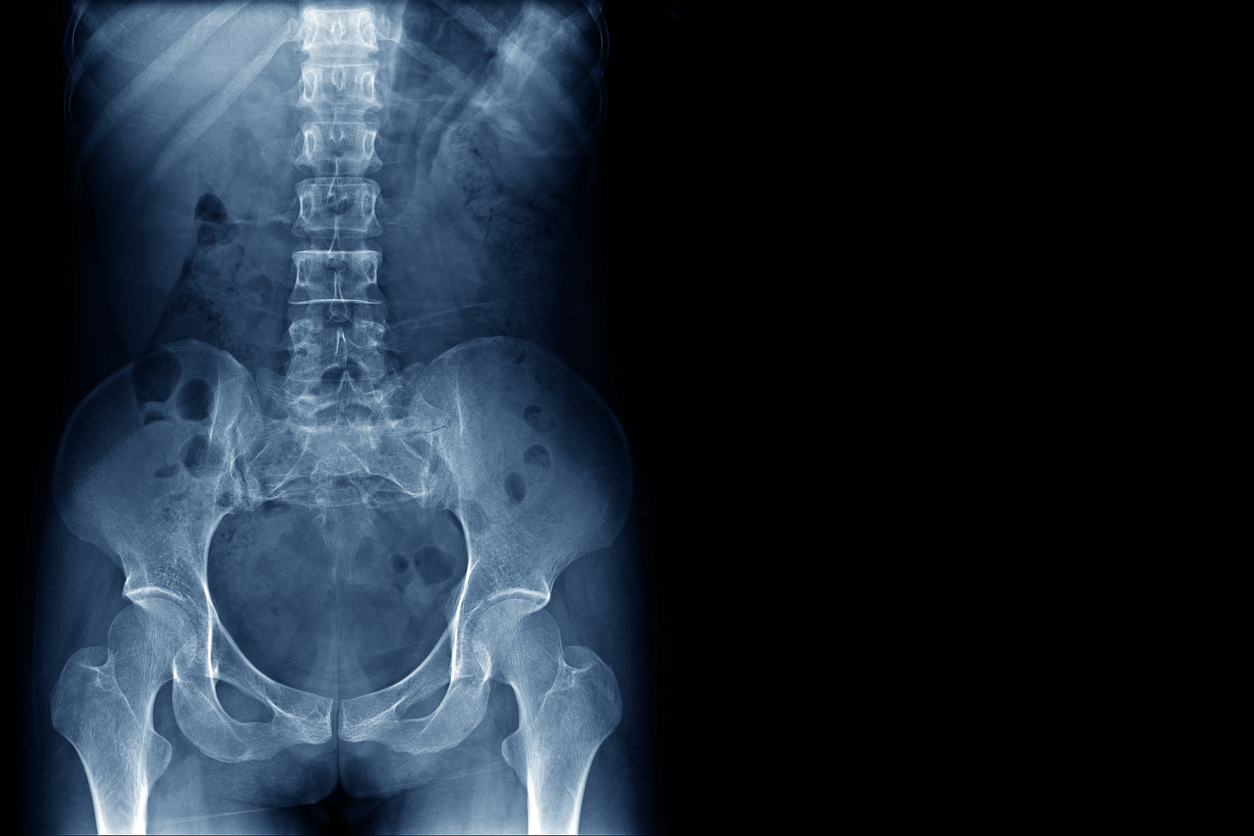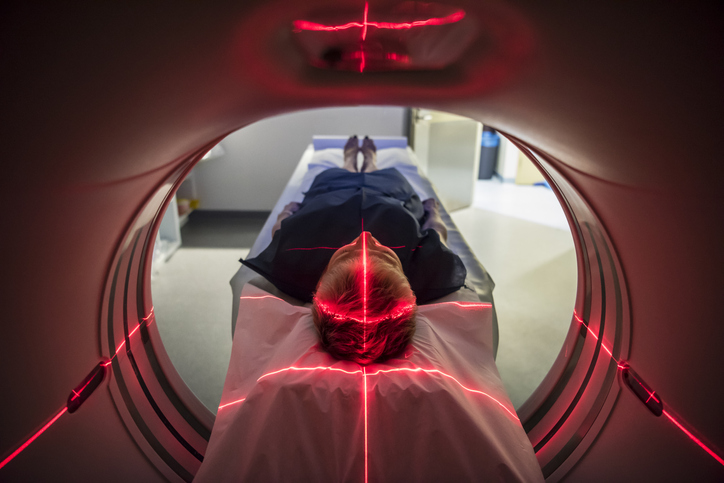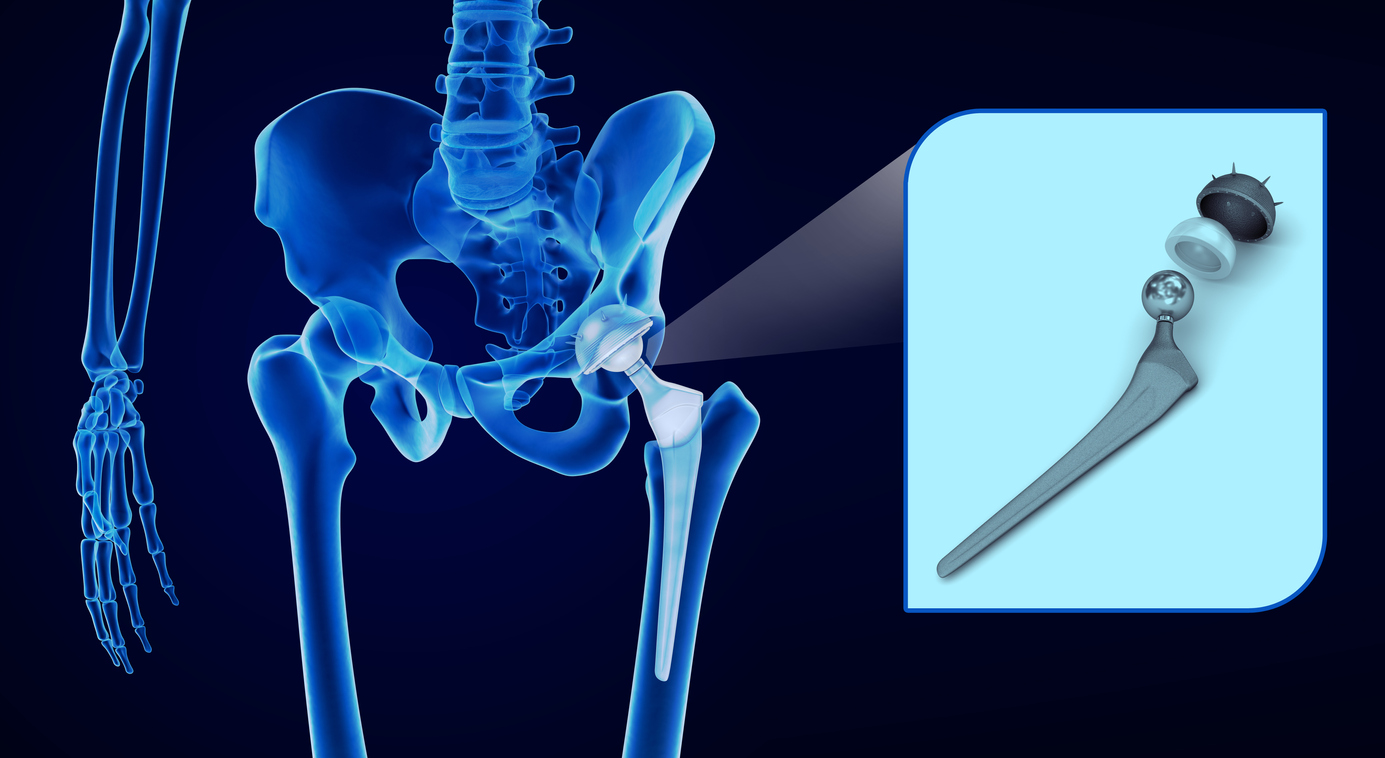Treatments
Types of Spine Surgery

An estimated eight out of every ten people will experience back pain at some point in their lives. Back pain is one of the most common reasons people visit a physician. It can be caused by normal wear and tear, overuse, or injuries to muscles, bones, nerves, or discs. The most common causes of back pain are muscle irritation and joint dysfunction.
Conservative treatments, such as physical therapy or medications, sometimes help reduce back pain. However, certain situations or conditions require surgical treatment.
Types of spinal surgery
Spine surgeries are divided into two main categories: decompression and stabilization. In many cases, spine surgery involves both decompression and stabilization. The type of surgery needed is dependent on the cause of symptoms.
Decompression procedures
Decompression surgery helps relieve back or neck pain and/or weakness or numbness in the extremities caused by compression of the spinal cord or nerve roots. The two most common types of spinal decompression surgeries include laminectomy and discectomy.
- Laminectomy
During a laminectomy, a surgeon removes the lamina (part of the vertebra bone) of one or more vertebrae to create more space for the nerves. In severe cases, parts of the joints between vertebrae may also be removed. A laminectomy can ease pain associated with spinal stenosis, arthritis, or degenerative disc disease. - Discectomy
A discectomy involves the removal of damaged or abnormal disc material to relieve pressure on surrounding nerves. A discectomy can reduce pain caused by sciatica, herniated disc, or a ruptured or bulging disc.
Stabilization procedures
Spinal fusion and disc replacement are the two most common types of spine stabilization surgery.
- Spinal fusion surgery
Spinal fusion is a surgical procedure that involves fusing two or more vertebrae permanently together to reshape the spine, stabilize the spine, and/or reduce or relieve back or neck pain.
During a spinal fusion surgery, the damaged disk is removed and a bone graft or bonelike material is placed between the two adjacent vertebrae to create one solid structure with no space. Once the bone graft is in place, plates, screws or rods are used to hold the vertebrae together. This provides spinal stability in order for proper fusion and healing to occur. - Disc replacement surgery
Disc replacement surgery involves replacing a damaged intervertebral disc with an artificial disc to relieve or reduce back or neck pain, while also retaining mobility of the spine.
During a disc replacement surgery, a damaged disc is replaced with an artificial disc made of medical-grade plastic or metal. The new disc helps keep the spine stable and helps retain mobility of the two adjacent vertebrae.
















